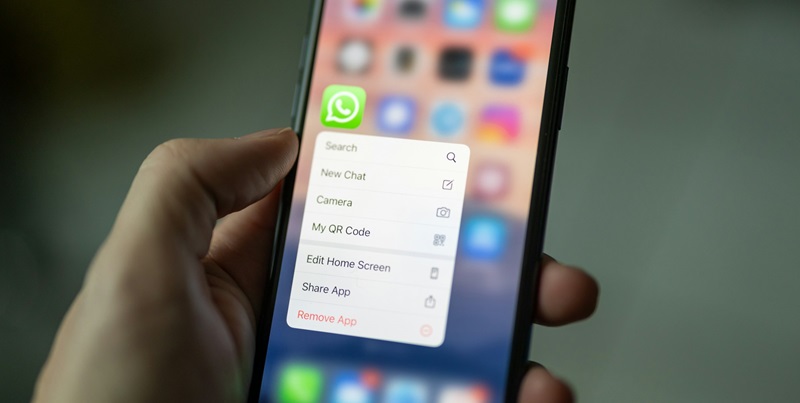WhatsApp has consistently been a go-to for social messaging on Android devices, largely owing to the complimentary unlimited chat backup storage that users could avail. This feature has been pivotal for those wanting to keep a secure archive of their conversations without worrying about space constraints. However, the platform has recently undergone a transition that revamps the backup storage practices, introducing a change that will affect how users preserve their chat histories.
While the nature of this change remains undisclosed in the prompt, its impact is distinctly noteworthy for the extensive user base that relies on WhatsApp for daily communications. Adapting to the new storage protocols will likely require users to be more selective about what they choose to backup or may even introduce cost implications if external storage solutions become necessary. Such a revision marks a departure from the previously effortless backup process, propelling users towards a more conscious usage of the app’s features. This shift reflects the evolving digital landscape and the need for platforms to adapt to changing dynamics in data management and storage economics.
The End of Unlimited Storage
Up until now, Android users have been free to back up their WhatsApp chat history, including all shared media, without any concern for storage constraints, thanks to the unlimited storage provided. The backup has typically been housed in Google Drive, separate from the limited storage quota Google offers. This has allowed for a worry-free experience when transitioning between devices or restoring chat history.
The paradigm shift now aligns Android users with their iOS counterparts, who have traditionally used iCloud for their backups with storage limitations in place. Android users will now have to be more vigilant about the space their WhatsApp backups occupy. This change underscores a move towards a more unified approach across platforms in managing storage, albeit with challenges that users must be prepared to navigate.
Strategies for Managing Limited Storage
With the end of unlimited storage for WhatsApp backups, users must now prioritize data management to prevent extra costs. To keep backup sizes in check, a regular cleanup of media files is essential. This includes deleting redundant or obsolete files to retain only necessary information. Users should be vigilant about repetitive forwarded content, which can bloat backups if not continually purged.
Leveraging WhatsApp’s disappearing messages feature for transient conversations can further minimize the data load. This will reduce the backup volume as insignificant chats vanish automatically.
Adapting to the new storage constraints will require discipline. By staying on top of chat backups and consciously filtering out the non-essential, users can maintain crucial data without overstepping the space restrictions. This disciplined approach will help navigate the shift to limited storage and safeguard important data within the set limitations.

